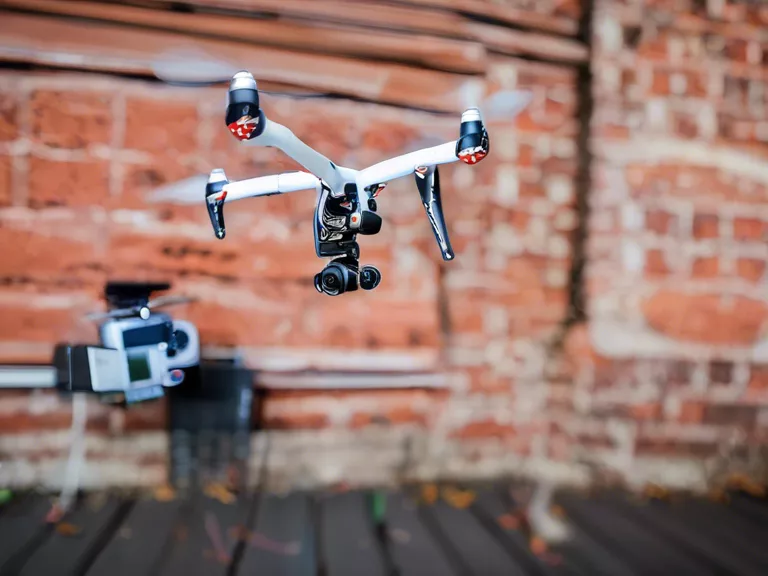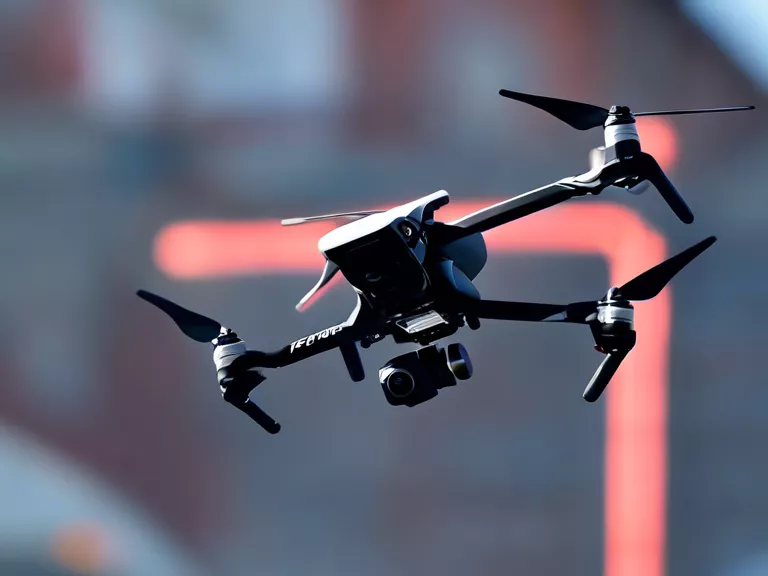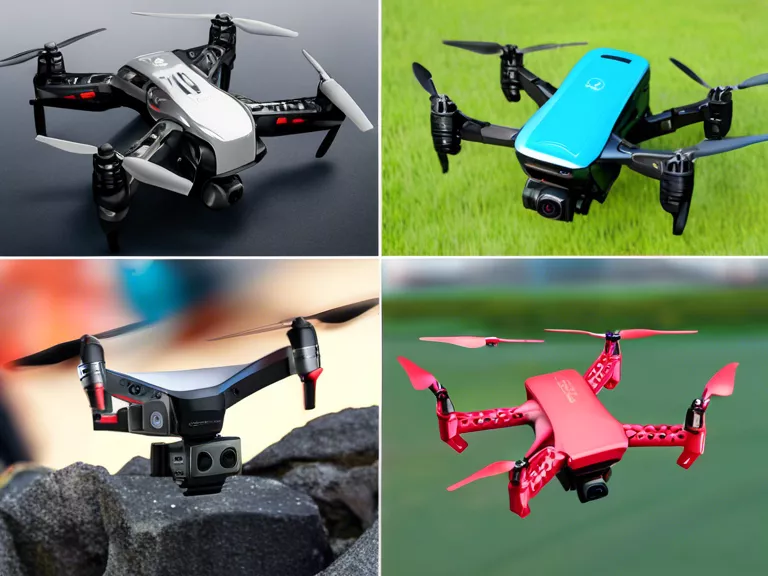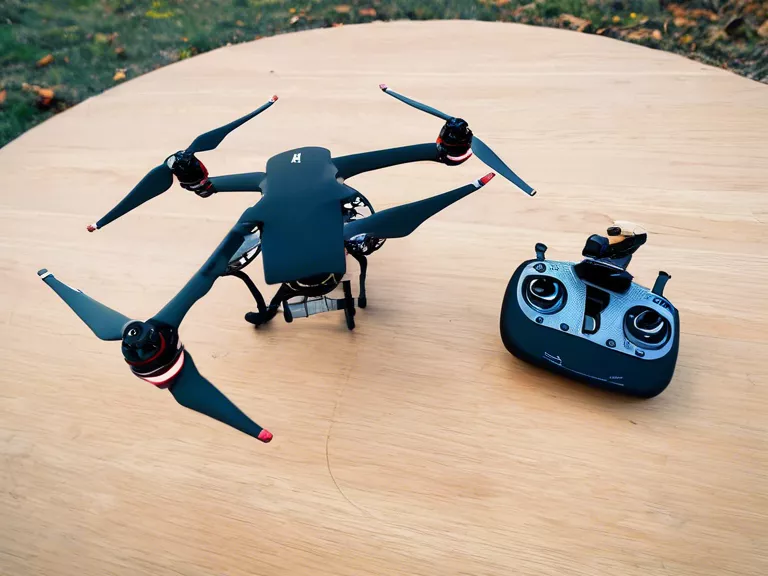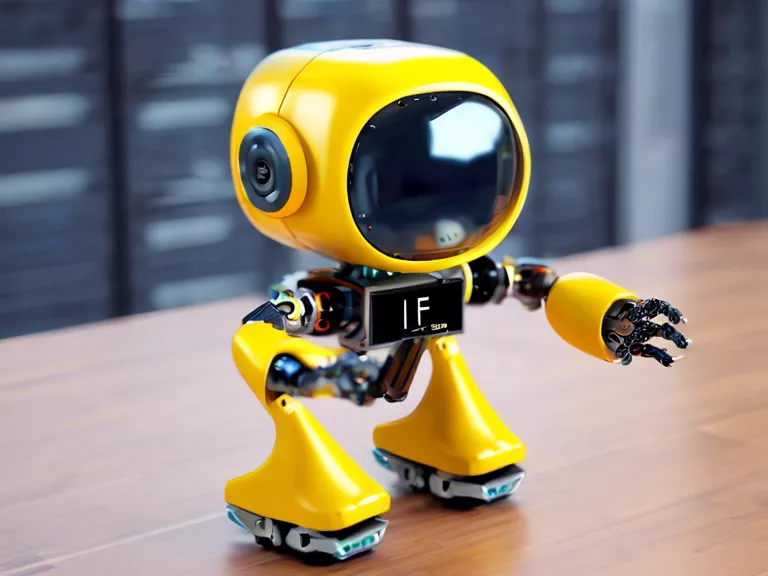
Robotics programming basics every beginner should know
Robotics programming is a fascinating field that combines computer science, engineering, and mathematics to create intelligent machines capable of performing various tasks. For beginners looking to venture into robotics programming, it's important to grasp some fundamental concepts. Here are some basics every beginner should know when starting out in robotics programming.
1. Understanding the fundamentals of programming: Before diving into robotics programming, it's essential to have a solid understanding of programming languages such as Python, C++, or Java. These languages are commonly used in robotics programming and will be crucial in developing code for robot control and functionality.
2. Learning about robot hardware: A key aspect of robotics programming is understanding the hardware components that make up a robot. This includes knowledge of sensors, actuators, motors, and microcontrollers. Understanding how these components work together is essential for programming a robot to perform specific tasks.
3. Familiarizing yourself with robotics software: In addition to understanding the hardware, it's important to be familiar with robotics software frameworks and platforms. ROS (Robot Operating System) is a popular open-source framework commonly used in robotics programming. Learning how to work with ROS will be beneficial for developing complex robotic systems.
4. Implementing algorithms for robot control: Robots require algorithms to perform tasks such as navigation, object detection, and manipulation. Understanding basic algorithms for robot control, such as PID controllers for movement, will be essential for programming a robot to complete specific tasks.
5. Practicing and experimenting with simulation tools: Before working with physical robots, beginners can practice and experiment with simulation tools to test their code and algorithms. Tools like Gazebo and V-REP allow users to simulate robot behaviors in a virtual environment before deploying them on real hardware.
By understanding these basics of robotics programming, beginners can lay a strong foundation for further exploration and learning in this exciting field.
